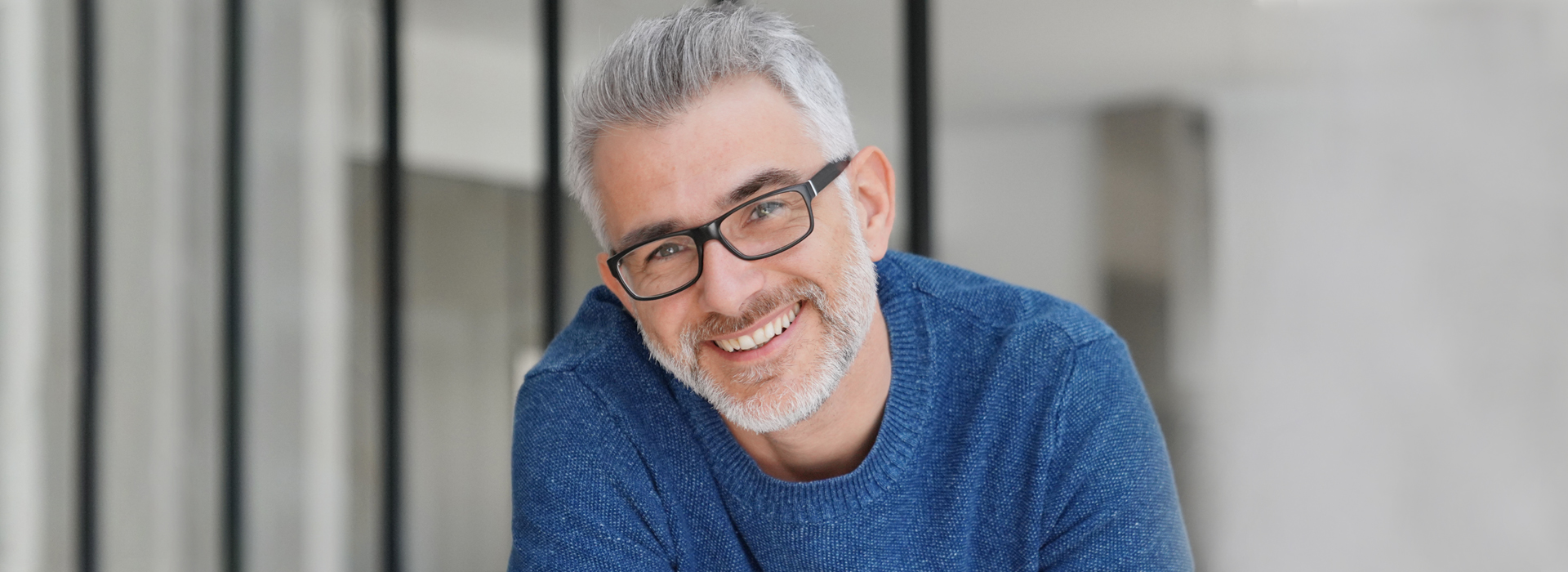When it comes to preventive dental care for children, regular dental exams are a critical part. During the dental exam the dentist in Chino, CA, or a dental hygienist will clean your child’s teeth and evaluate his or her risk of tooth decay. To reduce the risk of decay the dentist may also apply dental sealants or provide fluoride treatments. X-rays and other diagnostic procedures will also be included in the exam.
Your child’s diet and oral hygiene habits will be discussed by the dentist or dental hygienist who may also demonstrate proper brushing and flossing techniques. Other discussions may include preventing oral injuries or the health risks posed by tobacco, substance abuse, and oral piercings for adolescents.
Why Are These Appointments Necessary?
Protecting your child’s oral health is the goal of regular dental health exams. They allow your child’s dentist to identify problems early when they can be treated easily. The dentist can even provide tips to care for your child’s teeth.
When Must the Exams Be Had?
Different factors may determine how frequently your child needs to undergo a dental exam. The factors may include age, health, and risks associated with tooth decay. It is suggested that you consider the following guidelines:
- From age 6 months until one year. It has been recommended by the American Dental Association & the American Academy of Pediatric Dentistry that a child’s first dental exam must be scheduled no later than after the first tooth erupts or before the first birthday. Your baby’s teeth and gums will be examined during the well-baby checkups.
- Toddlers, school-age children, and adolescents. The American Academy of Pediatric Dentistry has recommended regular dental checkups with the most frequent interval being every six months. However, dentists are known to recommend fewer or more frequent checkups after looking at your child’s risk factors for oral problems.
How to Prepare for Dental Exam and Cleanings for Children?
Before scheduling your child’s first dental exam and cleaning, you must determine whether you will be comfortable visiting the family dentist or prefer to visit a pediatric dentist who is a professional that can provide specialized oral and dental care for children of all ages beginning from infants to teenagers. Pediatric dentists have kid-friendly offices and are equipped with equipment that is specially designed for children. When preparing to take your child for the dental exam you must:
- Time your child’s visit to the dentist carefully — the dental exams must be scheduled at a time of the day when he or she is relaxed and likely to cooperate with the dentist.
- Exhibit positivity — when discussing the subject of the dental exam with your child you must not include words like pain, shots, or hurt. Rather tell your child the dentist will be using special tools to ensure his or her teeth are healthy. Remind your child that you also visit your dentist without discussing any negative dental experiences that you may have had.
- Listen to your child — encourage your child to discuss his or her worries or visiting the dentist for having a dental exam.
What Can Be Expected During the Dental Visit?
What you can expect during the dental exam will depend on the child’s age and the kind of treatment needed by the child.
For children between the ages of six months to one year, the dentist or hygienist may place your child on a table or a chair or even request you to take the child in your thighs for the exam. The dentist or hygienist will:
- Evaluate the oral hygiene of your child along with the overall health and check upon drinking and eating habits and the risk of tooth decay.
- Remove deposits or stains on the child’s teeth scrubbing gently with a wet toothbrush or cloth.
- Demonstrate proper brushing techniques.
- Assess your child’s need for fluoride and determine whether fluoride treatments are needed by the child.
- Evaluate the results of habits like pacifier use and thumbsucking.
If your child is older he or she will receive similar treatments but the dentist or hygienist may:
- Take dental x-rays or digital x-rays and perform other diagnostic procedures.
- Apply dental sealants to permanent molars.
- Repair cavities or other defects of the tooth.
- Look for orthodontic problems in the child’s mouth.
- Recommend pre-orthodontic treatment to straighten your child’s teeth.
Children are susceptible to developing problems with their teeth and gums and therefore it is essential that they undergo a dental exam and cleaning every six months. If your child has not had a dental exam recently it is suggested that you book an appointment with Ramona Dentistry of Chino without delay to detect and resolve any issues that may have developed. You can also visit our clinic if you are residing in Rolling Ridge, Phillips Ranch, Spadra, Pomona, Montclair, Ontario Ranch, Chino, Los Serranos, and surrounding areas.



